The Enigmatic Brown Recluse A Comprehensive Guide
The brown recluse spider, Loxosceles reclusa, is a creature often shrouded in myth and misunderstanding. While its reputation as a dangerous predator precedes it, a closer examination reveals a fascinating arthropod with a unique ecological role and a complex life history. This guide delves into the world of the brown recluse, exploring its biology, behavior, habitat, and interactions with both the environment and humans.
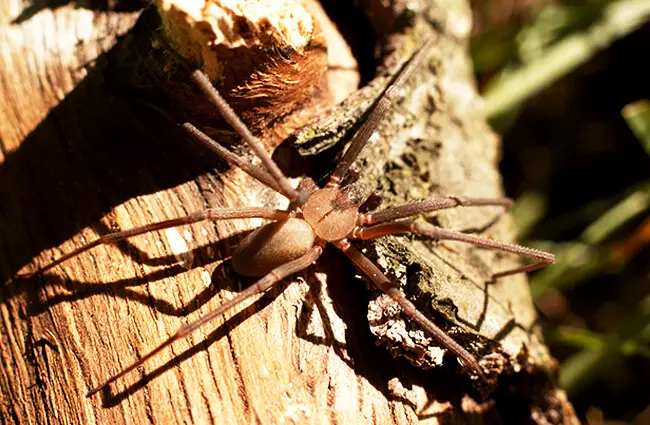
Identifying the Brown Recluse
As its name suggests, the brown recluse is a relatively inconspicuous spider. Adults typically range in length from 6 to 20 millimeters. They exhibit a uniform light to medium brown coloration and are characterized by a distinctive marking on their cephalothorax – a dark violin or fiddle shape. This violin pattern points toward the abdomen, serving as a key identifier. However, it is important to note that variations in this marking can occur, and relying solely on this feature can be misleading. A crucial feature is the presence of only six eyes arranged in three pairs, unlike most spiders which have eight.
Habitat and Distribution
The brown recluse is native to the central and south-central United States. Its range extends from Nebraska to Texas, and eastward to Kentucky, Tennessee, and parts of Georgia. They thrive in dry, undisturbed areas, often seeking shelter indoors in basements, attics, closets, and storage boxes. Outdoors, they can be found under rocks, logs, bark, and in rodent burrows. They prefer environments with low humidity and moderate temperatures. The spider’s preference for secluded spaces explains the “recluse” in its name.
Life Cycle and Behavior
Mating and Reproduction
The mating season for brown recluse spiders typically occurs in the spring and summer. The male spider constructs a small silk sperm web and then performs an elaborate courtship dance to attract a female. If successful, mating occurs, and the female will produce one to several egg sacs, each containing approximately 50 eggs. These sacs are deposited in sheltered locations. The eggs hatch after about a month, and the young spiderlings undergo several molts as they mature. Brown recluses typically live 1 to 2 years in the wild, though they may reach up to 5 years in captivity.
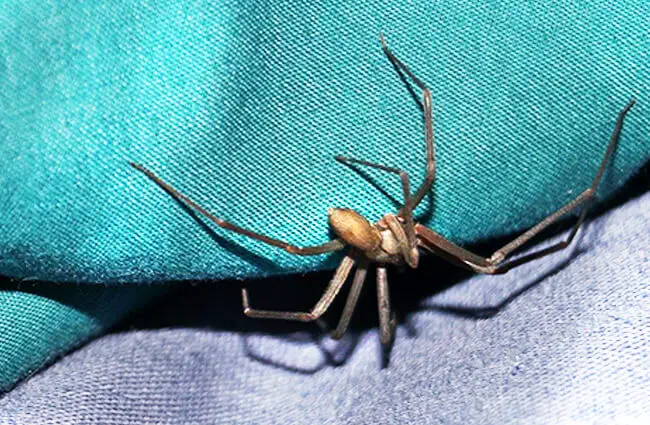
Diet and Hunting Strategies
Brown recluse spiders are opportunistic hunters, primarily feeding on insects and other small arthropods. They are not aggressive hunters, preferring to lie in wait for prey to come within striking distance. Their venomous bite is used to subdue prey, injecting enzymes that liquefy the internal tissues. They are known to consume crickets, cockroaches, silverfish, and other common household pests. They can survive for months without feeding, entering a state of dormancy if necessary.
Ecological Role and Interactions
Brown recluse spiders play a vital, though often overlooked, role in their ecosystem. As predators of insects, they help to regulate populations and maintain balance within the food web. They also serve as a food source for larger predators, such as birds and reptiles. Their presence in rodent burrows can also indirectly contribute to rodent control.
Brown Recluse and Humans
Bites and Medical Significance
While brown recluse bites are relatively rare, they can cause significant medical complications. The venom contains enzymes that cause tissue necrosis, leading to a slow-healing ulcer. Symptoms can range from mild pain and redness to severe pain, blistering, and systemic illness. Not all bites result in necrosis, and the severity depends on factors such as the amount of venom injected and the individual’s sensitivity. Many skin lesions are misdiagnosed as brown recluse bites. Accurate identification of the spider is crucial for proper medical treatment. If bitten, seek medical attention immediately.
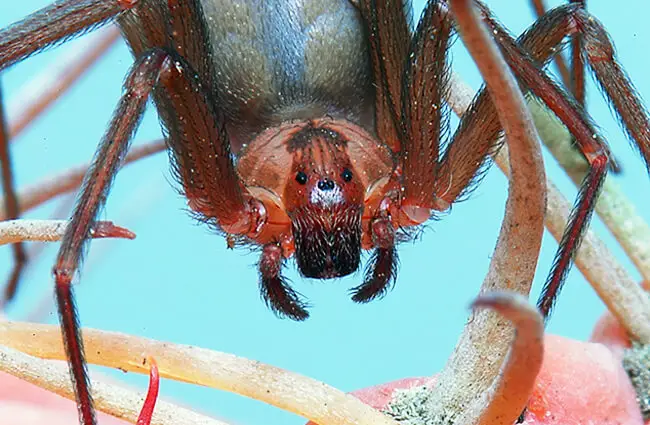
Prevention and Control
Preventing encounters with brown recluse spiders involves reducing their habitat and minimizing access to buildings. Seal cracks and crevices in foundations and around pipes. Remove clutter from basements and attics. Vacuum regularly and store items in sealed containers. Wear gloves and long sleeves when working in areas where spiders may be present. If you encounter a spider, avoid handling it directly. Professional pest control services can provide effective treatment options.
A Deeper Dive For Aspiring Zoologists
Evolutionary History
The evolutionary history of the brown recluse remains an active area of research. Loxosceles belongs to the family Sicariidae, known for their potent venom. Phylogenetic studies suggest that the Sicariidae evolved from a common ancestor with other araneomorph spiders. The development of necrotic venom is believed to be an adaptation for prey immobilization and potentially for defense.
Venom Composition and Research
The venom of the brown recluse is a complex mixture of enzymes, proteins, and other compounds. The primary enzyme responsible for tissue damage is sphingomyelinase D, which disrupts cell membranes and causes cell death. Research is ongoing to better understand the mechanism of action of this enzyme and to develop potential antidotes. The venom is also being investigated for potential therapeutic applications, such as in cancer research.
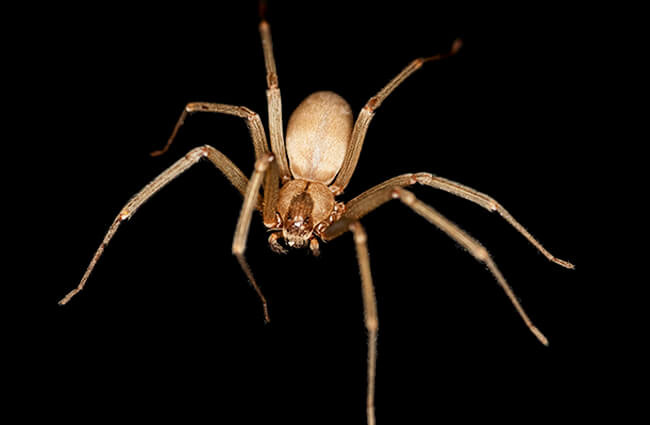
Brown Recluse in Captivity: A Zookeeper’s Guide
Keeping brown recluse spiders in captivity requires specialized knowledge and precautions. Enclosures should be secure and escape-proof, with a substrate of peat moss or vermiculite. Provide a hiding place, such as a cork bark or a small cave. Maintain a temperature of 24 to 27 degrees Celsius and a humidity level of 60 to 70 percent. Feed the spider crickets or other insects every few days. Handle spiders with extreme caution, using long forceps or other tools. Implement strict safety protocols to prevent accidental bites. Regular monitoring of the spider’s health and behavior is essential.
Fascinating Facts
- Brown recluse spiders can survive for several months without food or water.
- The venom of the brown recluse is hemolytic, meaning it can destroy red blood cells.
- Brown recluse spiders are nocturnal, meaning they are most active at night.
- The “violin” marking on the cephalothorax is not always present or clearly defined.
- Female brown recluses lay only a few egg sacs in their lifetime.
- Brown recluse spiders do not build webs to catch prey.
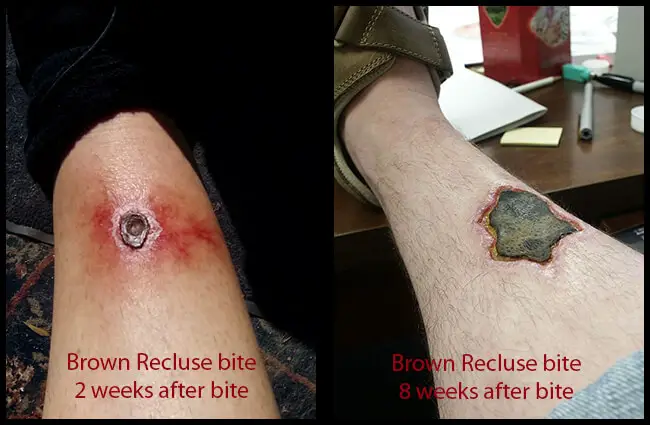
Conclusion
The brown recluse spider is a complex and often misunderstood creature. While its venomous bite can be serious, it is important to remember that encounters are rare and bites are even rarer. By understanding its biology, behavior, and habitat, we can coexist with this fascinating arthropod and appreciate its role in the ecosystem.
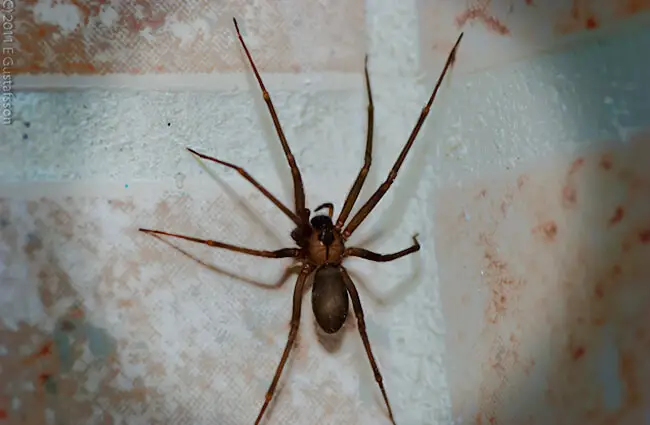

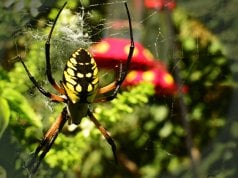
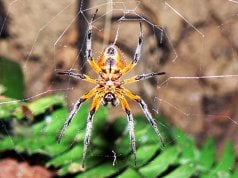

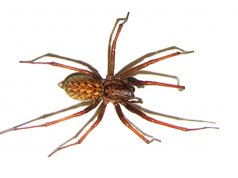

![Red Angus Closeup of a beautiful Red Angus cowPhoto by: U.S. Department of Agriculture [pubic domain]https://creativecommons.org/licenses/by/2.0/](https://animals.net/wp-content/uploads/2020/03/Red-Angus-4-100x75.jpg)

